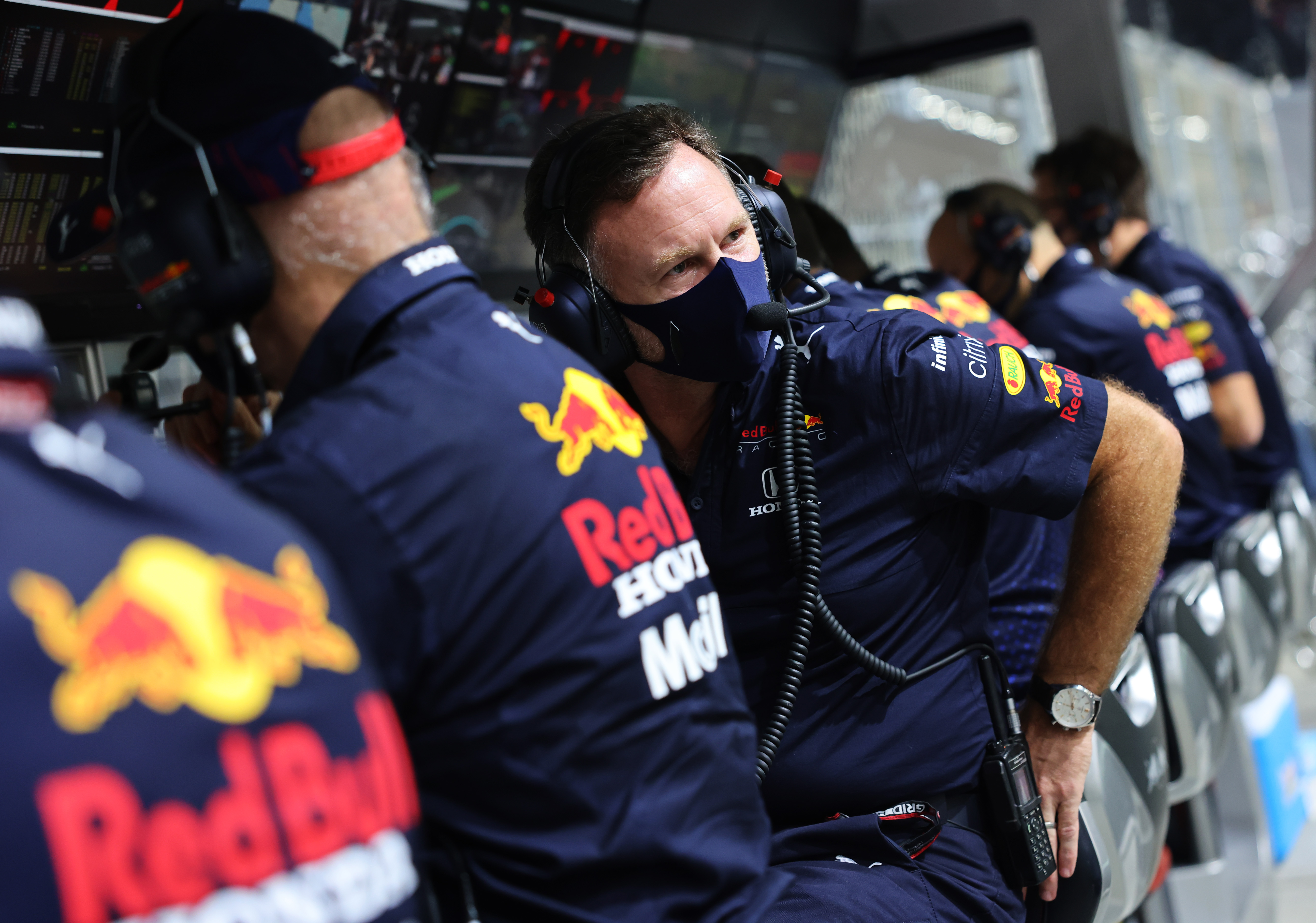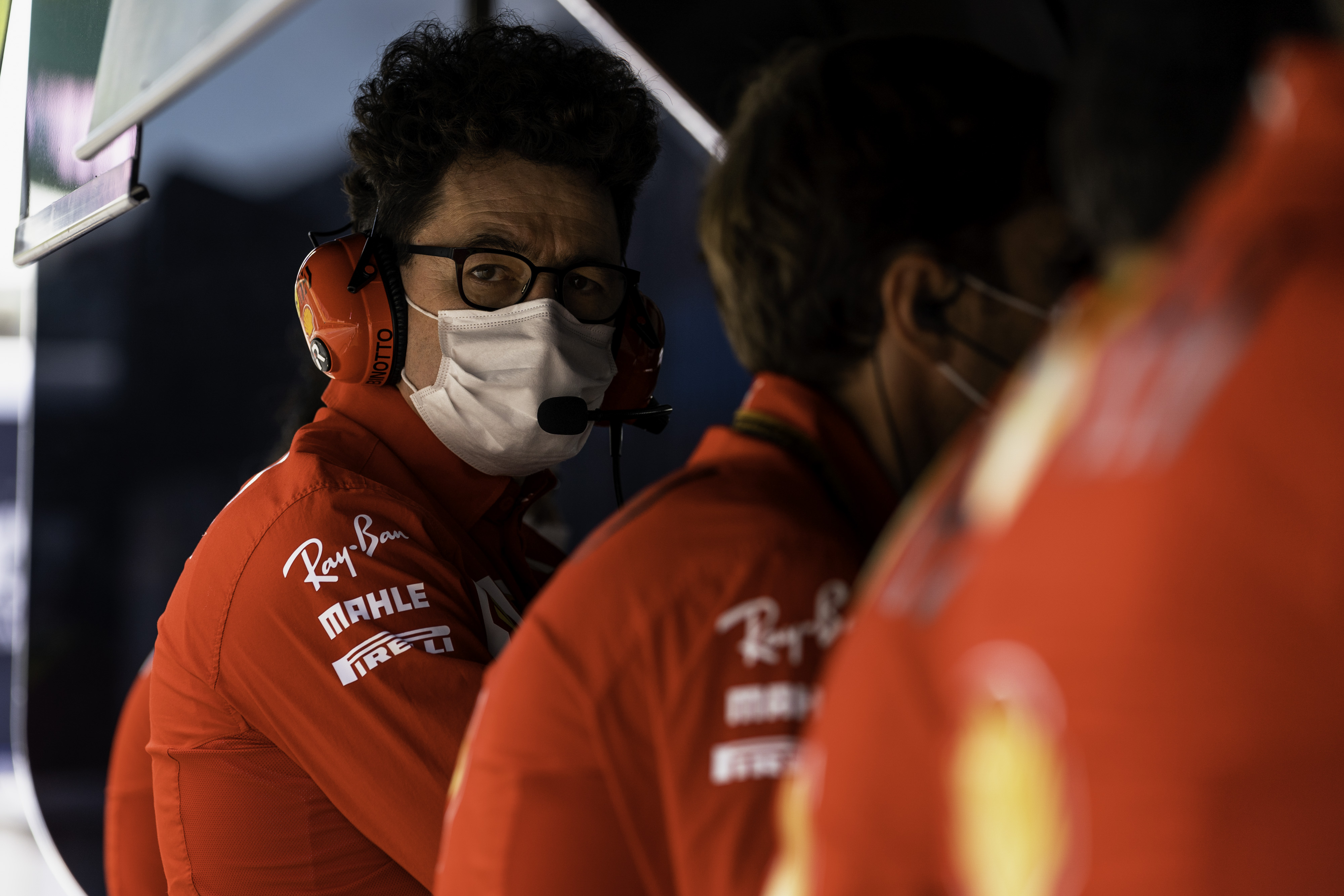Up Next

At the risk of borrowing possible problems from the future to cloud the present, what if the result of overtaking being easier with the ’22 F1 cars is that the natural race order just gets established sooner?
It will be fine if there are plenty of cars very closely-matched on performance, so that they can dice wheel-to-wheel thanks to the small downforce loss of the following car when close behind.
But what if the performance of the cars is widely-spaced (as they might be with an all-new formula)? Any faster cars out of position should be able to make their way through the field far quicker than before and the natural performance order would be established sooner.
The teams are operating at such a high level that they all get very close to optimising their car on the day. What F1 ideally needs as well as easier overtaking is a natural, non-artificial, way of introducing variability while still rewarding merit.
Not some anti-technology ban, but a different way of using existing technology. In a way that varies how well that technology is used – and in which the driver is the crucial differentiator.
It could be done with a simple tweak of the sporting regulations. Once the race begins, ban any performance data (tyre and brake temperatures, fuel usage, power unit usage, maybe even strategy) being transmitted from the pits to the driver.
But the driver would have all that information available on their steering wheel display. But instead of being instructed by the pitwall, they would have to make use of it themselves and make their own decisions on how to run their races.
Without either the overview or detailed expertise of the pitwall, the drivers would not get anywhere near as close to the optimum way of running the race.

More importantly, there would be wild variations in how well the drivers handled the information, giving much less predictable outcomes but ones still fully based on merit.
Drivers by nature tend to be much more gung-ho and aggressive than engineers in assessing the feasibility of making an aggressive strategy work. But they’d not have the full information of where the traffic gaps were, what the pattern of tyre deg was through the field on the different compounds.
There’s no way they’d get it as right, on average, but they’d still be competing with others operating under the same conditions.
So those more sensitive to the feel of the tyres and understanding what that feel is telling them would be rewarded more fully. Those who preferred to let rip with a flat-out attack on the race would be free to try it. Those who worked out a fuel-efficient but fast way of running the race could conjure the odd spectacular result at fuel-heavy tracks. There’d be a way of winning races in either the Alain Prost or Ayrton Senna style – ways of doing the sort of swashbuckling against-the-odds drives for which Nigel Mansell became famous.
Sure, it might use up engine life quicker than the teams would prefer. But that would just add yet another dimension to the competition. Far from making the sport simpler, it would make it more multi-dimensional and complex. It would be smarting it up, not dumbing it down.

Yes, there would need to be some very vigilant observations of display messages but the technology is surely there to make that feasible. The data could even be made live for the fans – so that they are one step ahead of the drivers in understanding what is happening.
That way the race could be enjoyed by the casual fan and geeky nerd alike – with very different consumption of it. One could just enjoy the unfolding of many different facets of the race, being constantly surprised. Meanwhile, the other could be monitoring and comparing the crucial info between drivers, spotting that the driver currently in a distant third is on course to save a pitstop and emerge in front before the end. Or that of the two dicing drivers, one is suffering an overheating left-rear which is only going to get worse.
Sure, the racing in ’22 may be great regardless. But even great can always be better.







